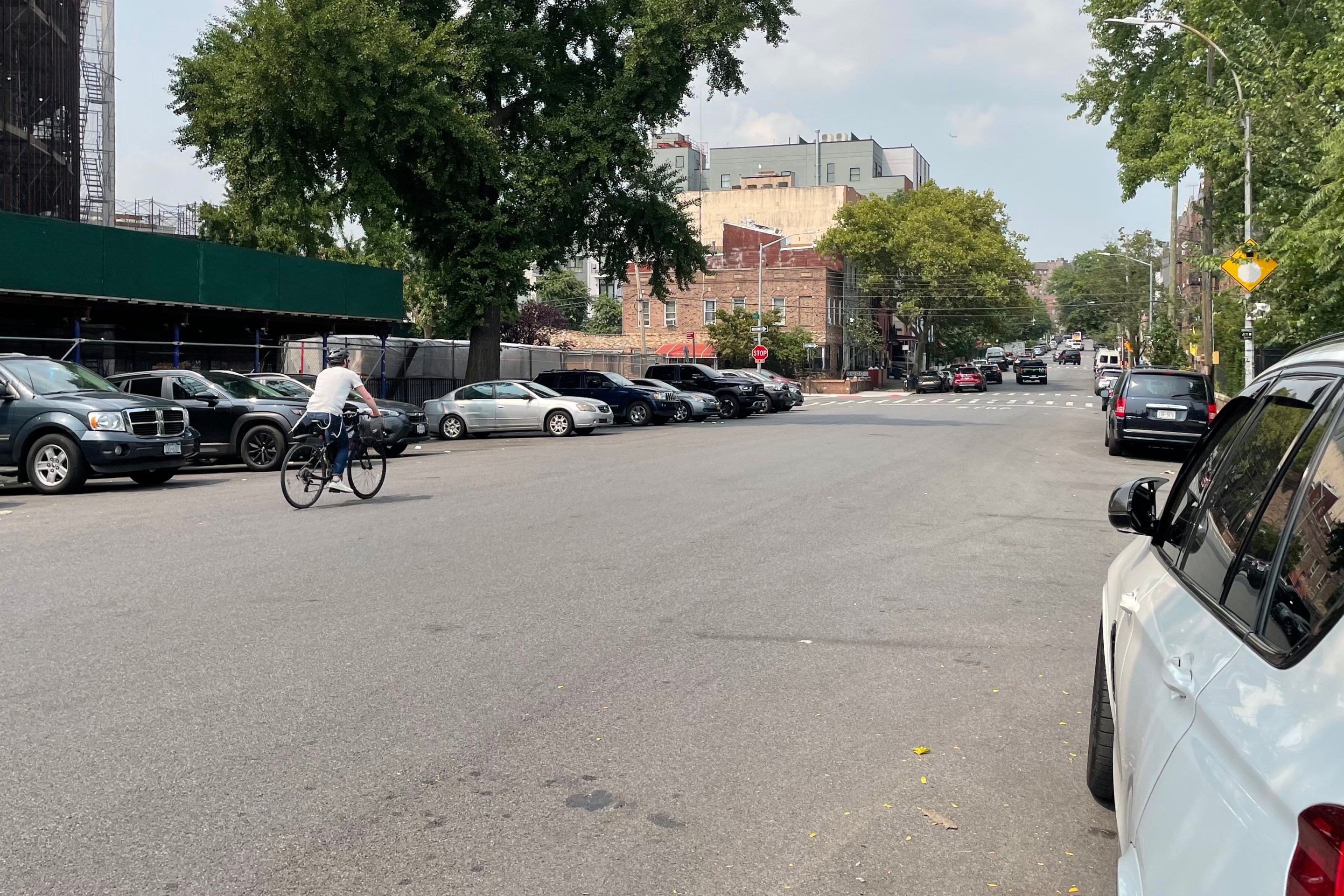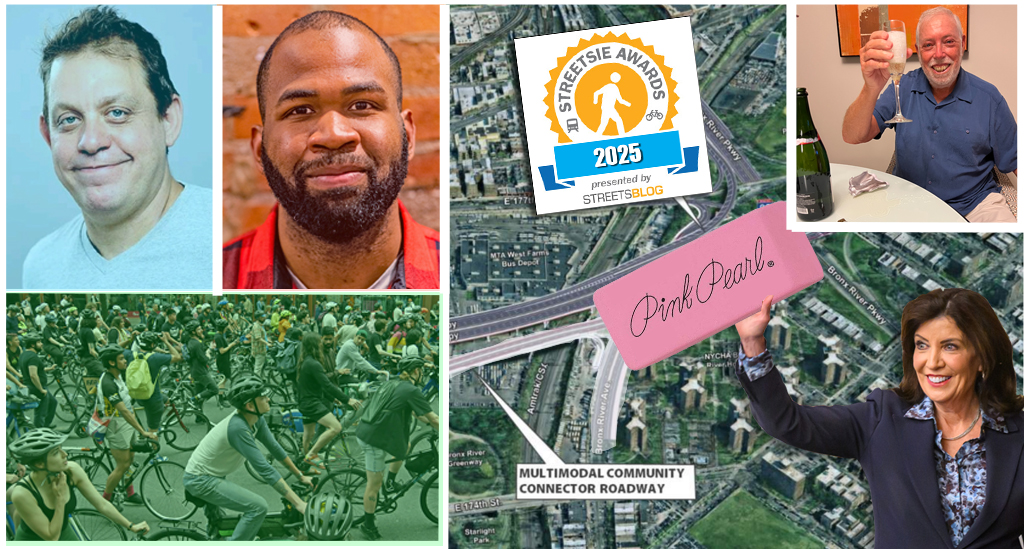
A dozen or so years ago, back when congestion pricing was a distant dream and New York City's number one transportation priority was to squeeze more transit funding from government, the Tri-State Transportation Campaign commissioned me to determine which was greater: the dollars that New York State governments took in from drivers, or the dollars spent on drivers' behalf. I spent months immersed in bookkeeping arcana, parsing revenue pots like the statewide Petroleum Business Tax and expenses like fire department equipment for prying crash victims from mangled vehicles, before I emerged with an answer.
My report, Subsidies for Traffic (PDF), established that all levels of government combined spent considerably more building and managing roads in New York State than they reaped from gas taxes, road tolls and traffic tickets. For every dollar expended on the road network by government, drivers kicked in just 65 cents. The other 35 cents -- a cool $2 billion a year -- was paid for out of general revenues, primarily property taxes collected by cities, towns and counties.

A year later, in 1995, I rolled out a similar analysis covering New Jersey. The implied annual subsidy for Garden State drivers was a smaller but still sizable $700 million, equivalent to 23 cents of each dollar of governmental road-spending.
Now a new study by Mark Delucchi, research scientist at the U.C. Davis Institute for Transportation Studies and the nation's leading taxonomist of motor vehicle-related revenues and costs, has found that the New York and New Jersey pattern of taxpayers subsidizing motorists holds true across the entire United States. In Do Motor Vehicle Users in the US Pay Their Way? (PDF), a forthcoming article for the journal Transportation Research A, Delucchi writes:
To pay for [road] infrastructure and services, governments collect revenue from a variety of [motor-vehicle user] taxes and fees. The basic objective of this paper is to compare these government expenditures with the corresponding user tax and fee payments in the U.S.
The analysis indicates that in the U.S. current tax and fee payments to the government by motor-vehicle users fall short of government expenditures related to motor-vehicle use by approximately 20-70 cents per gallon of all motor fuel. (Note that in this accounting we include only government expenditures; we do not include any "external" costs of motor-vehicle use.)
That implied subsidy of 20 to 70 cents a gallon -- which excludes social and environmental costs such as climate damage and uncompensated crash costs, which Delucchi has tallied elsewhere -- equates to 7 to 25 percent of the current price of gasoline. On a dollar basis, U.S. drivers are underpaying local, state and national governments by $40 to $105 billion a year.
Delucchi's conclusion, "motor-vehicle users in the U.S. -- unlike users in most European countries -- do not 'pay their way'," will come as no surprise to many of us. Still, putting the Delucchi seal of approval on the "subsidies for traffic" thesis is a watershed event. Dismantling those subsidies may have just gotten a little easier.





